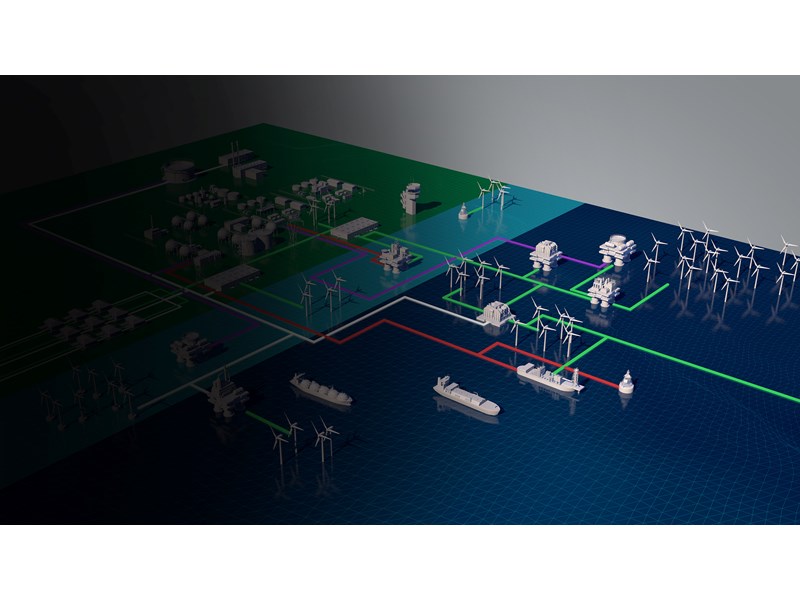Discuss your challenges with our solutions experts
What obstacles do North Sea operators face on the path to net zero?
Oil and gas players must evolve to retain a licence to operate
1 minute read
The energy transition could have created an existential crisis for the North Sea. But governments and industry are picking up the mantle and embracing technological innovation.
Meeting ambitious net zero targets requires drastic action. The upstream sector must change – this is nothing new. It won’t be easy, but it is doable.
The energy transition offers opportunities for the oil and gas industry. And the North Sea is at the forefront of that change: it has been pushing the boundaries since its inception in the 1970s.
What challenges will North Sea operators face on the road to net zero? And where are the opportunities for upstream players to take the lead?
Drastic action is required – but the momentum is there to drive change
Hydrocarbons will remain a crucial part of the energy mix for some time to come. And the oil and gas industry provides substantial value to North Sea economies.
But drastic action is required to meet net zero targets. North Sea governments have set the course by advancing aggressive decarbonisation agendas; operators must evolve to retain a licence to operate. That must be balanced against the need to deliver a return on investment.
Those dynamics are driving North Sea operators to embrace some of the most ambitious decarbonisation initiatives across the global industry.
North Sea leads the way on the road to net zero
The North Sea’s upstream sector is at the forefront of the energy transition as new technologies are explored. While there isn’t a single solution, time will deal with some issues as mature infrastructure is decommissioned. In the interim, older platforms can be adapted without huge capital investment through digitalisation and flaring reduction, for example.
Carbon capture, use and storage (CCUS) pilot projects are being supported by each of the North Sea governments. Similarly, feasibility studies are being conducted into green and blue hydrogen. Hydrogen offers opportunities to reuse or extend the life of existing infrastructure, which has a host of benefits.
Electrification of offshore platforms is the frontrunner
Led by Norway, which has the highest share of electricity produced from renewable sources in Europe, platform electrification has taken off.
By 2023, 50% of Norway’s liquids and gas production will either be fully or partially electrified. And more will follow.
Not only does platform electrification reduce emissions, but it also improves production efficiency and cuts maintenance costs.
Rising carbon costs provide a strong incentive for action
All North Sea countries participate in the EU Emissions Trading Scheme – but Norway goes a step further. Its additional CO2 and NOx taxes act as a strong incentive for operators to reduce emissions.
Electrification project returns can compete with traditional upstream projects
For example, Equinor, Lundin Energy and Aker BP’s Utsira High project, which will power ten fields with electricity from shore and save around 1.15 million tonnes of CO2 per year, can generate a return greater than 10% under our base assumptions. However, Norway’s unique carbon tax system is critical in achieving this.
There is huge potential, but scale will be key
The energy transition could have created an existential crisis for North Sea stakeholders. But governments and industry are embracing change.
The industry cannot afford to stand still. Trial technologies have a common problem: to become economically viable they need to scale. At the same time, the North Sea is competing with global producers, where the energy transition isn’t quite as high on the agenda.
Continued support for pilot projects, and a willingness to adapt, will be critical if the North Sea is to maintain its flagship status.







